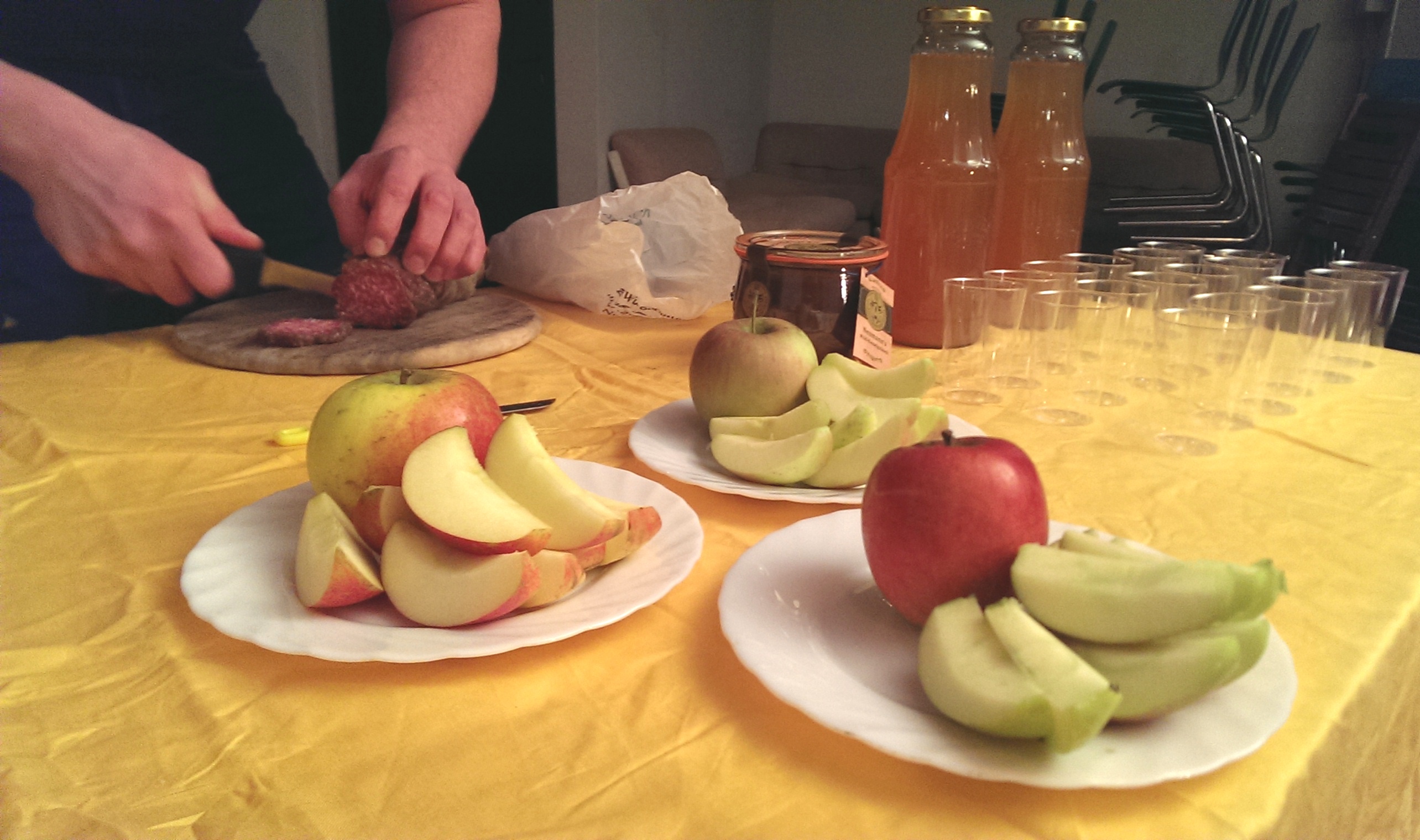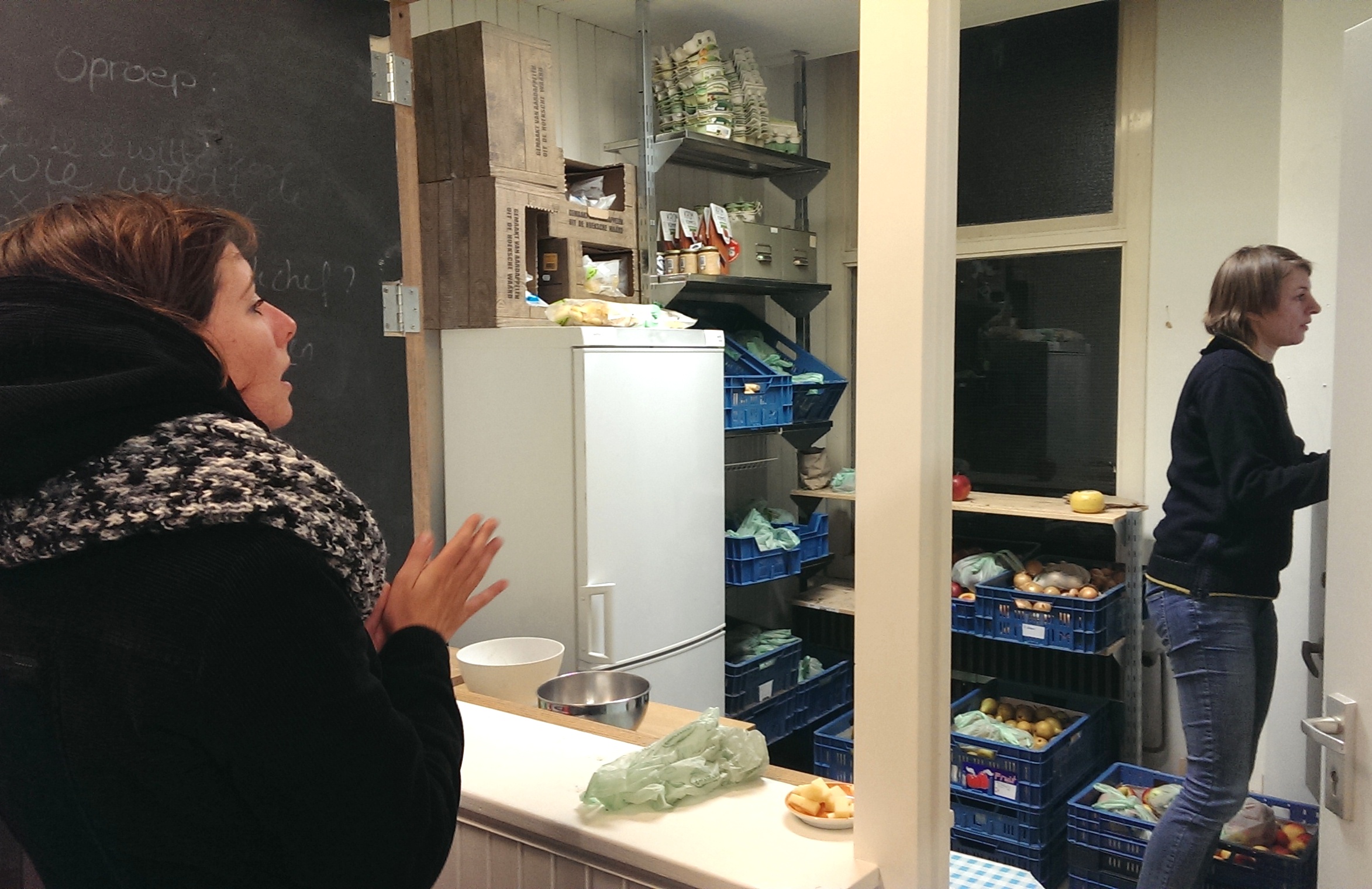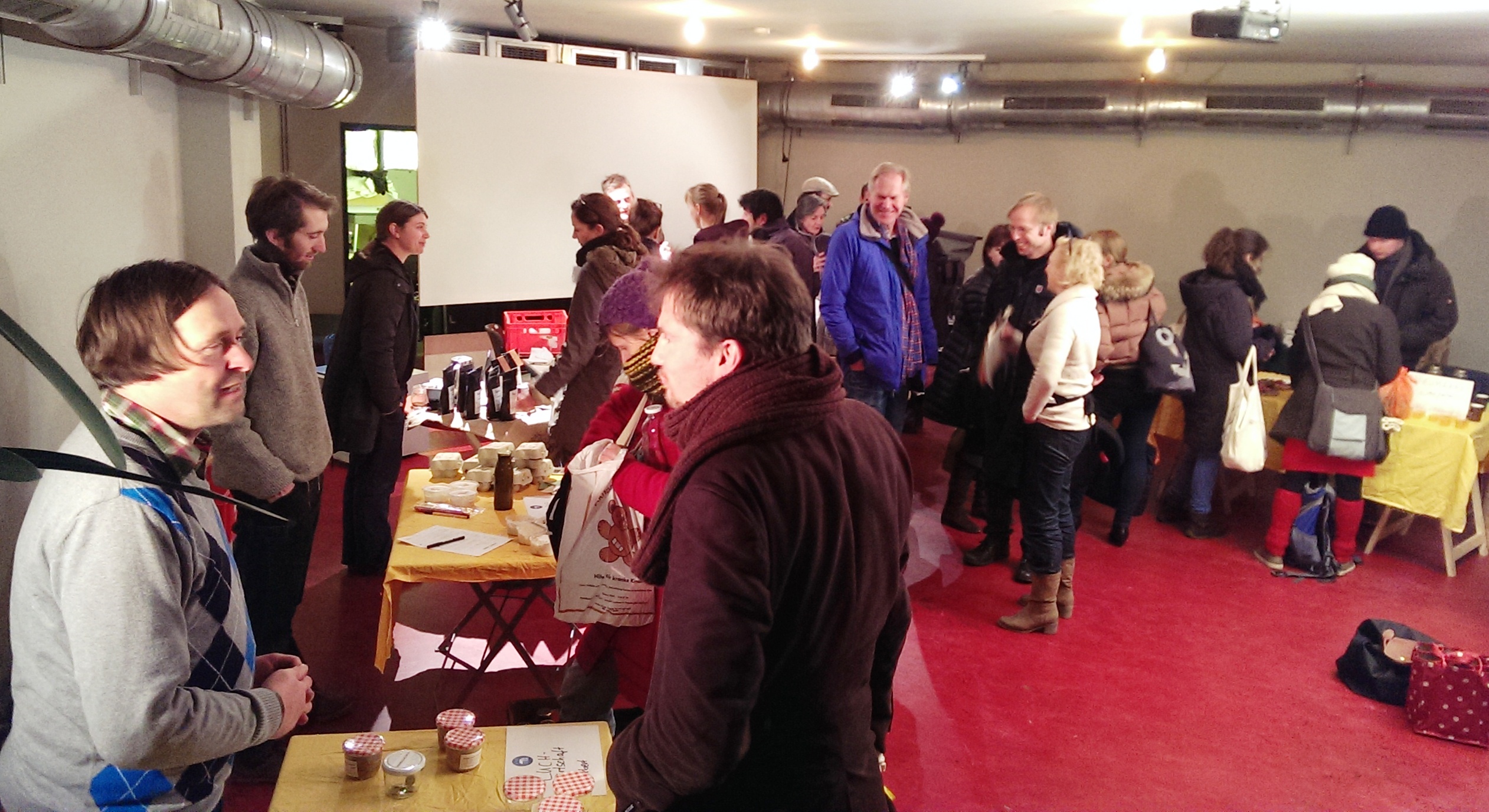Dimensions of empowerment affecting change.
By Keighley McFarland, (Ecologic Institute)
Food is one of the most essential elements of human life and culture, yet modern food systems are beset with problems concerning human and environmental health and justice. Alternative Food Networks (AFNs) have emerged as concrete solutions to the problems of modern food systems. AFNs are the sources of many social innovations that can help make food systems more sustainable; however, when AFNs grow in size, scale, or impact, they may lose the ability to maintain their original ideals. What is alternative is inherently not mainstream, and becoming mainstream means it is inherently no longer alternative. This conflict can be observed in many sustainable initiatives. I term it “the alternative paradox”.
Community Pick-Up Point Schemes (CPPSs) are a novel AFN whose business model builds in some characteristics that may help it avoid the alternative paradox. In a CPPS, customers order local, sustainable, high-quality products via an online platform provided by the initiative’s central office, and the products are then picked up at a weekly pick-up point in customer’s community, which is organised by a neighborhood coordinator. Products are either delivered directly by the producer to the consumer at the pick-up point, as is the case in Food Assembly, or are delivered to a central city distribution center and then directly to the pick-up points, as in Rechtstreex. The producer receives the lion’s share of the sales, and a small portion goes to the neighborhood coordinator and the central office, respectively. CPPSs combine top-down efficiency and leadership with bottom-up initiative from the community to grow in a decentralized way.

In my master’s thesis, I investigated how the CPPS business model supports the maintenance of CPPS initiatives’ goals in growth. In order to answer this question, I conducted a transnational case study on two CPPS initiatives: Rechtstreex in Rotterdam and Food Assembly in Berlin. In the case study, I applied the concept of the “Dimensions of Empowerment” from the TRANSIT conceptual heuristic. These four dimensions – governance, learning, resourcing, and monitoring – determine initiative’s ability to affect change. Growth is defined here as an increase in impact. Since initiatives’ goals can be delineated in terms of affecting change (i.e. impact), the Dimensions of Empowerment determine an initiative’s ability to maintain its goals in growth.
Three key messages emerged from the research results:
1. The Community Pick-Up Point Scheme business model offers some solutions to the alternative paradox.
This can be observed for example in the monitoring carried out in the two initiatives. Both initiatives moved away from labeling and certification as a monitoring tool. When asked why this step was taken, one respondent stated that with labels, “people stop asking questions”. Instead, the business structure established trust and transparency through personal interactions, visual and emotional appeals, and stories. This is an effective way to communicate intangible qualities such as production methods, cultural and traditional embedding, or qualities of the origin of the product. Because this transparency is based on time-intensive contact and exchanges, the business model is only attractive to producers who’s products have significant intangible values . In this way, there is a self-selection mechanism inherent to the business model which ensures that only producers that fit the initiative’s mission of providing sustainable local foods will be attracted to participating.

Customers of Rechtstreex pick up orders from the neighborhood coordinator at a pick-up point in Rotterdam
2. The business model is not a panacea for the alternative paradox; Communication and management decisions determine if there is effective structure for activities belonging to the Dimensions of Empowerment.
A difference could be observed between the two initiatives in resourcing and its impact on perceptions of fairness. Although the income compared to the required time investment was comparable in both Rechtstreex and Food Assembly for the pick-up point coordinators, participants in Rechtstreex expressed less satisfaction with the income they were earning. This may be because income expectations at Rechtstreex were initially set too high, whereas in Food Assembly the expected income communicated to the neighborhood coordinators was closer to what they actually earned. Since frustration, burn-out, and confidence in the model are factors making the business model more instable and potentially less viable in the long term, these are factors that could hinder CPPS initiatives’ ability to grow and to maintain their goals. These are elements not inherent to the business model, but are the result of communication and management strategies.
3. External governance is a significant challenge to CPPS initiatives’ ability to maintain their goals while growing.
External governance refers to the policy and regulatory environment to which CPPS initiatives are subject. In both Rotterdam and Berlin, current policy and regulatory regimes systemically favor large-scale, export-oriented agriculture. This made it challenging to find small-scale, quality- and sustainability-oriented producers in the local areas around Berlin and Rotterdam. Though the initiatives may have the effect of convincing producers to change their production to fit the CPPS model in the long-term, in the short- and medium-term there is only limited potential in this regard. In the meantime, agriculture policy and markets continue supporting developments away from the types of production CPPS initiatives target. Both initiatives saw their primary priority in day-to-day business operations and saw attempts to influence policy outside of their scope, especially at the city level. Under these conditions, to grow in the short and medium term, CPPS initiatives will either have to sacrifice their goals and integrate different types of products, or will be limited by the amount of products and producers available in their area - unless policy is redesigned.

At a pick-up point of Food Assembly in Berlin, customers interacting directly with producers when picking up orders
Community Pick-Up Point Schemes offer some concrete solutions to the alternative paradox and exhibit the potential to maintain their goals during growth. However, they are not a panacea for the alternative paradox – appropriate management and communications strategies are key. CPPSs are still subject to the limitations of a political consumerism approach. Without major changes in framework conditions, such as better policy support for healthy food or major cultural shifts in the way we value foods, CPPSs will remain niches. If policy can be redesigned to better support environmentally, socially, and economically sustainable food chains, such as those that CPPS initiatives strive to establish, they will enjoy better framework conditions under which to thrive.
In a socio-political climate in which food is viewed predominantly as a matter of individual consumption choices, CPPSs are one important step towards a sustainable food system. But if meaningful progress is to be made towards a sustainable future, our consumer dollar cannot be the only tool available to us to exercise pressure for system changes. If policy steps in where the limits of consumption as a conduit for change are reached, CPPSs can accelerate the transition towards a sustainable food system.
Stay informed. Subscribe for project updates by e-mail.